This Friday, Five Days at Memorial premieres on Apple TV+ with three episodes.
Based on the bestselling non-fiction book of the same name by Sherri Fink, it’s a harrowing, thought-provoking, and sometimes gruesome look at five days at Memorial Hospital in New Orleans after Hurricane Katrina.
It’s a massive undertaking, but co-creators and executive producers Carlton Cuse and John Ridley have a firm grasp of the material.
Cuse and Ridley not only wrote the series but, between them, directed the first five episodes. Those are the episodes that will stick with you long after the show’s conclusion.
You’ll be dropped right into the commotion at Memorial on Friday with the three-episode premiere.
Hurricane Katrina elicits thoughts on the nature of the storm, but it was when the levees broke that New Orleans was left unprepared and unable to, quite literally, weather the storm.
What happened next was unprecedented, and using actual news footage as well as a giant tank immerses viewers in the story, making it easier to imagine what it might have been like as water enveloped the city.
Inside Memorial Hospital, even as the storm is bearing down on the city, things are relatively normal inside. Hospital staff is joking with each other, stoking the rumor mill, all while trying to keep their patients safe and comfortable.
Those moments are quite fruitful later, as the situation deteriorates. The hospital’s emergency plan didn’t account for flooding, and it didn’t take long to paralyze operations, leaving doctors, nurses, and orderlies working under high-stress conditions.
The temperature is too high, and the water wreaks havoc with the hospital’s electricity, shutting down lifesaving equipment.
Cherry Jones is Susan Mulderick, a 54-year-old nursing director who happens to be on rotation as the emergency-incident commander.
It’s immediately apparent that she’s in over her head and that no matter how hard she works, the hospital won’t come out of this without significant complications.
Vera Farmiga’s Dr. Anna Pou sends her husband off into the storm just moments before news of the flooding hits. Her mind is elsewhere, as are the minds of many others whose concern for loved ones inside and outside of the hospital makes it difficult to fully focus on the situation at hand.
The hospital is filled to the brim not only with patients in the hospital but loved ones who have come for the relative safety of the location and those who otherwise came in from the storm.
The overcrowding exacerbates problems from the get-go, so as all levels of government fail, Memorial seems more like a prison than a place of respite, putting the hospital staff into impossible and untenable positions.
As time progresses, Mulderick and Pou lean on each other, forging a united front as the faces of the hospital during the disaster.
Julie Ann Emery is the very pregnant Diane Robichaux, who works for a private health organization providing care on the upper floors of Memorial to patients requiring the greatest amount of care.
She’s stuck between her corporate offices without a clue of the real situation and Mulderick and Pou’s assurances that they’ll be included in any potential rescue efforts.
Robert Pine’s Dr. Horace Baltz, meanwhile, is coddled and protected from some of the realities inside the hospital’s walls so that he, whom everyone considers a good man and a great doctor, won’t have to bear witness or responsibility for what eventually occurs.
The cast is sprawling, and each character adds layers to the storytelling that helps create what becomes one of the most painful chapters in modern medicine.
There’s a point in the show when W. Earl Brown’s Dr. Ewing Cook realizes the many pets that would be left behind once rescue efforts begin as no animals were allowed on the rescue boats.
He makes the traumatic decision to save them the stress of abandonment and possibly starvation by putting them down.
It’s a heartbreaking scene that bears weight when the doctors conclude that not all of the patients were going to be rescued, not many staff could remain behind with them, and conditions would worsen, putting patients into a grave, likely unrecoverable status.
The scenes focusing on the rescue attempts are alarming. Hospital staff carried patients long distances and up many floors to reach the helipad, which hadn’t been used in years.
The set design brought the agonizing journey to life, which allows viewers to walk in Anna Pou’s shoes as she and Susan Mulderick make decisions no human being should ever have to experience.
After the fifth episode of the series, the focus switches to an investigation into the events.
The very capable Wendy Stanzler directed episodes six through eight, but capturing the same feeling from the earlier episodes through the show’s conclusion is not easy.
What’s most interesting is how little of this story and its aftermath most of us know. Fink’s book was primarily responsible for bringing it to light, but by bringing her investigative reporting to the small screen, it will open the eyes of many more to the horror Katrina left in her wake.
Five Days at Memorial isn’t an easy watch, and it shouldn’t be. The first five episodes are terrifying and exhausting, while the last three find Dr. Pou at the center of an ordeal mainly of her making.
It opens questions about governmental responsibility, corporate medicine, the importance of disaster plans, and how the human mind processes information when the doors are closing in around you.
Five Days at Memorial sheds light on government failure and how that failure affects every other level of society. That’s a topic that’s been too prevalent of late but shows no signs of abating, which is why this Apple TV+ should be watched and discussed.
Carissa Pavlica is the managing editor and a staff writer and critic for TV Fanatic. She’s a member of the Critic’s Choice Association, enjoys mentoring writers, conversing with cats, and passionately discussing the nuances of television and film with anyone who will listen. Follow her on Twitter and email her here at TV Fanatic.




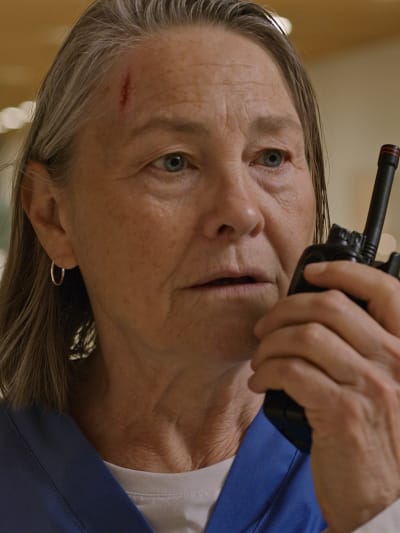
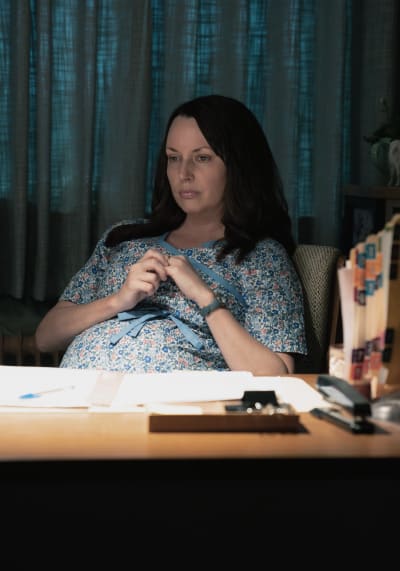
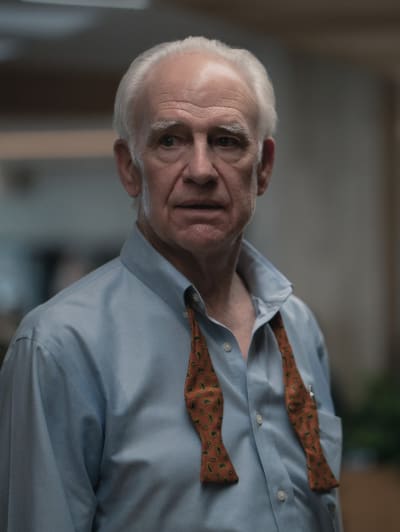

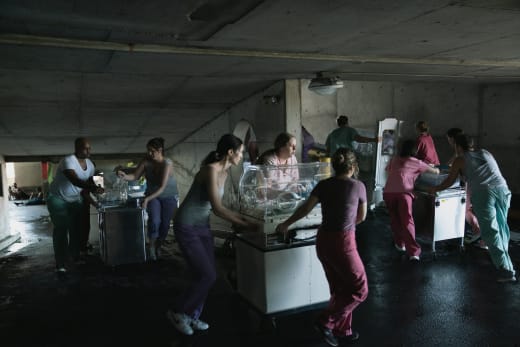

















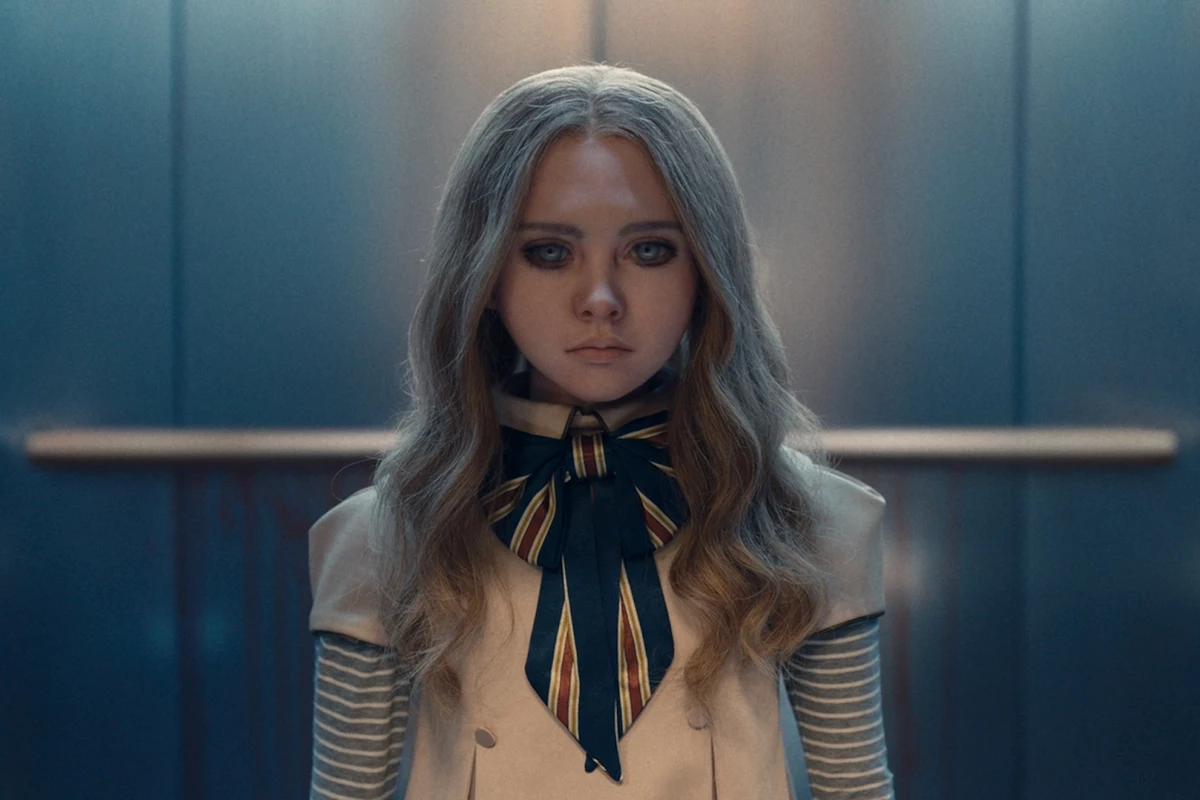

:quality(85):upscale()/2023/11/09/847/n/1922564/d1d93234654d3117e22ea0.02431780_.png)







![‘Creep’ is an Innovative and Unique Found Footage Horror Gem [Limited Edition Blu-ray Review] ‘Creep’ is an Innovative and Unique Found Footage Horror Gem [Limited Edition Blu-ray Review]](http://wickedhorror.com/wp-content/uploads/2024/12/Creep-1.jpg)